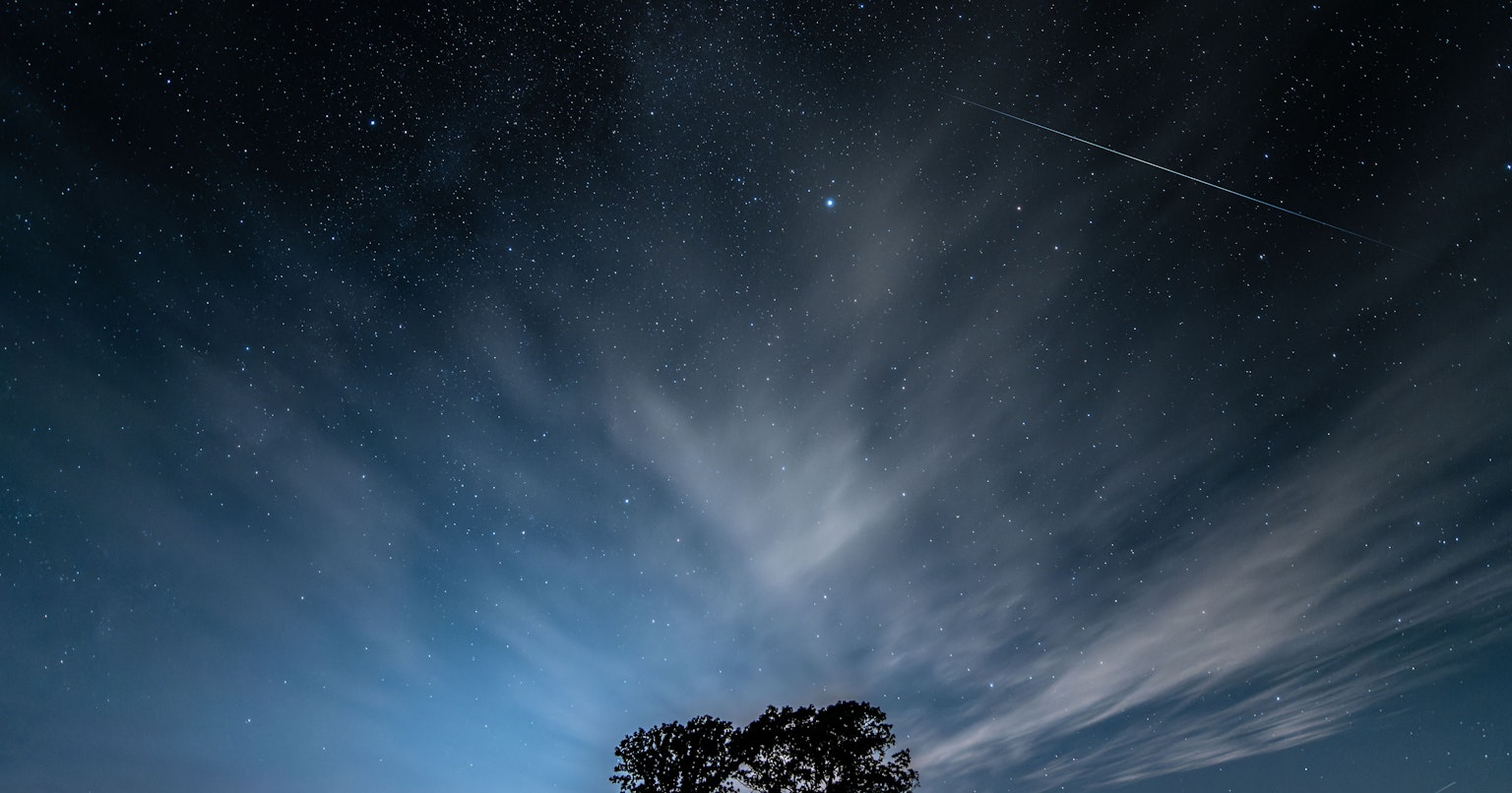
Cover photo by mi
Cinema lenses are specialized lenses for filmmaking, distinct from regular photo lenses (still lenses).
This time, we will explain the differences between cinema lenses and still lenses and introduce the creative possibilities that can be achieved using cinema lenses. Take a step forward to further evolve your expression.
The Appeal and Features of Cinema Lenses
The greatest feature of cinema lenses is their precise focus control and smooth operation designed for filmmaking. Still lenses experience "breathing," where the angle of view slightly changes when focusing, but cinema lenses solve this issue, allowing focus adjustment while maintaining a constant angle of view.
Additionally, cinema lenses are highly durable and deliver reliable performance even in scenes requiring delicate focus operations. These features enable cinematic textures and dynamic visual expressions.

Photo by daphoto
Differences Between T-Stops and Aperture
In cinema lenses, "T-stops" are used instead of the F-number in still lenses to directly represent the amount of light. This allows for accurate exposure across different lenses, making it easier to maintain lighting consistency in film production.

Photo by yNAK
Moreover, the aperture of cinema lenses can be adjusted smoothly without clicks, allowing seamless adaptation to lighting changes during shooting. This precise control aims to achieve professional quality without compromising image quality.
Cinema Lens Experience Recommended for Beginners
The world of cinema lenses is often considered for professionals, but in recent years, more affordable products have become available, making them accessible to beginners.
Manufacturers like offer reasonably priced anamorphic lenses compatible with mirrorless cameras, allowing you to easily enjoy wide cinematic expressions.



